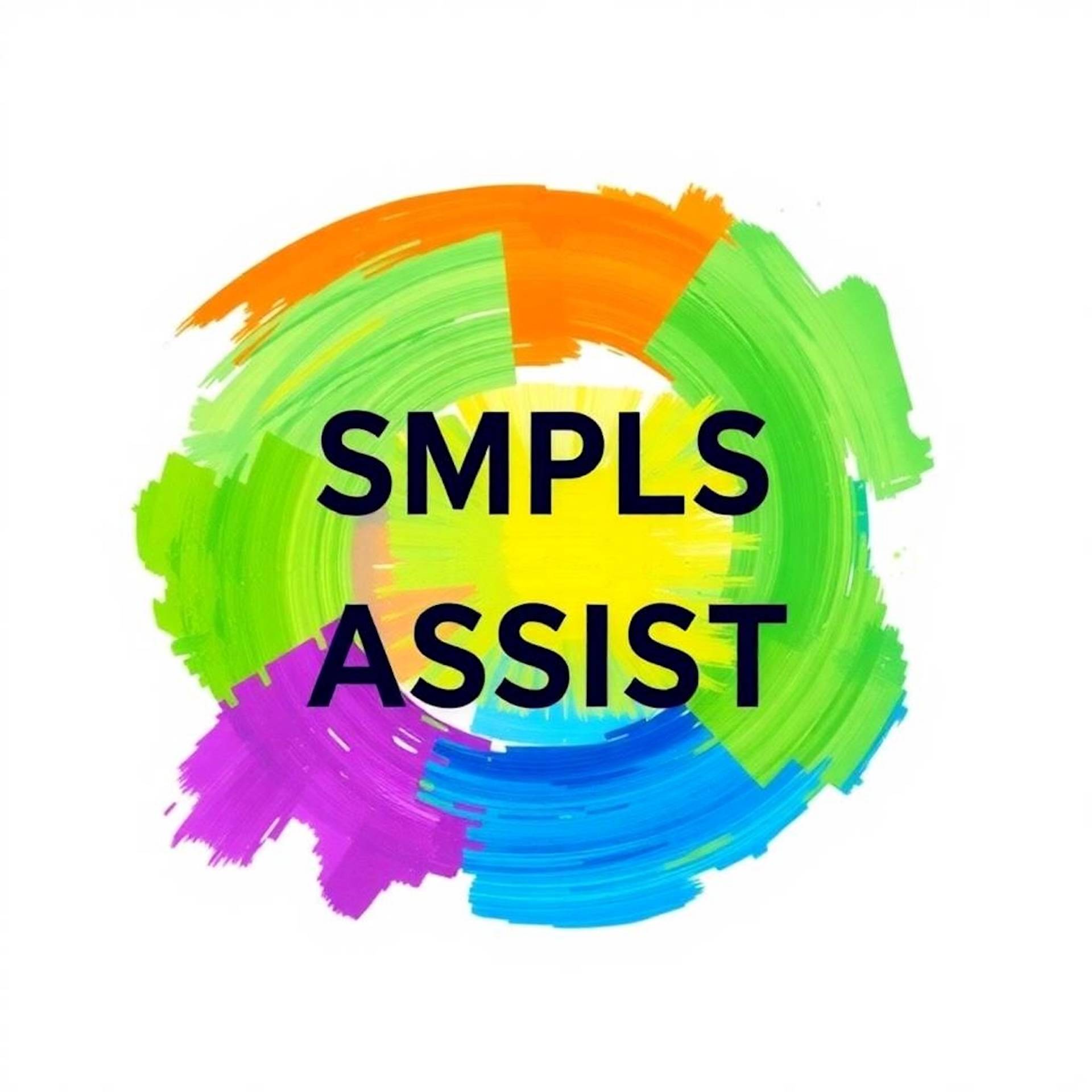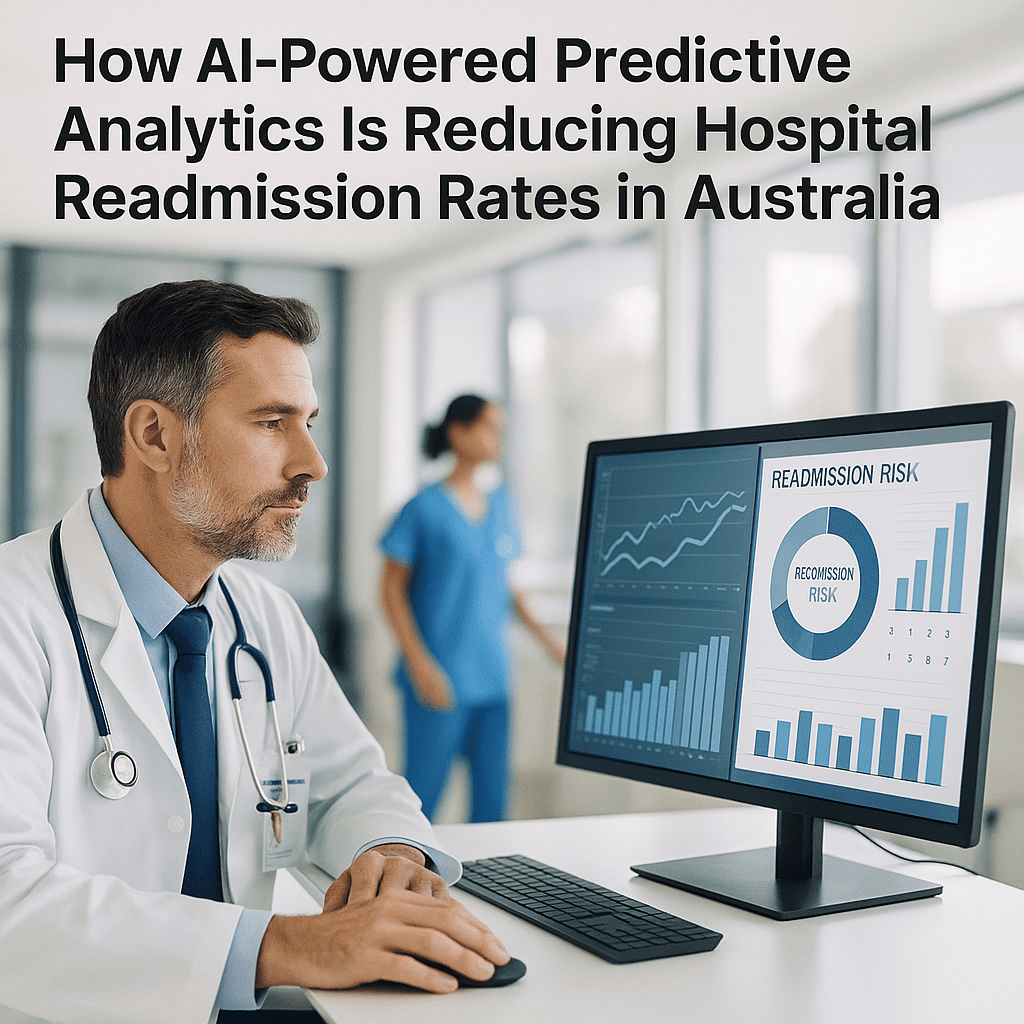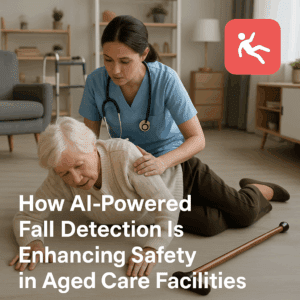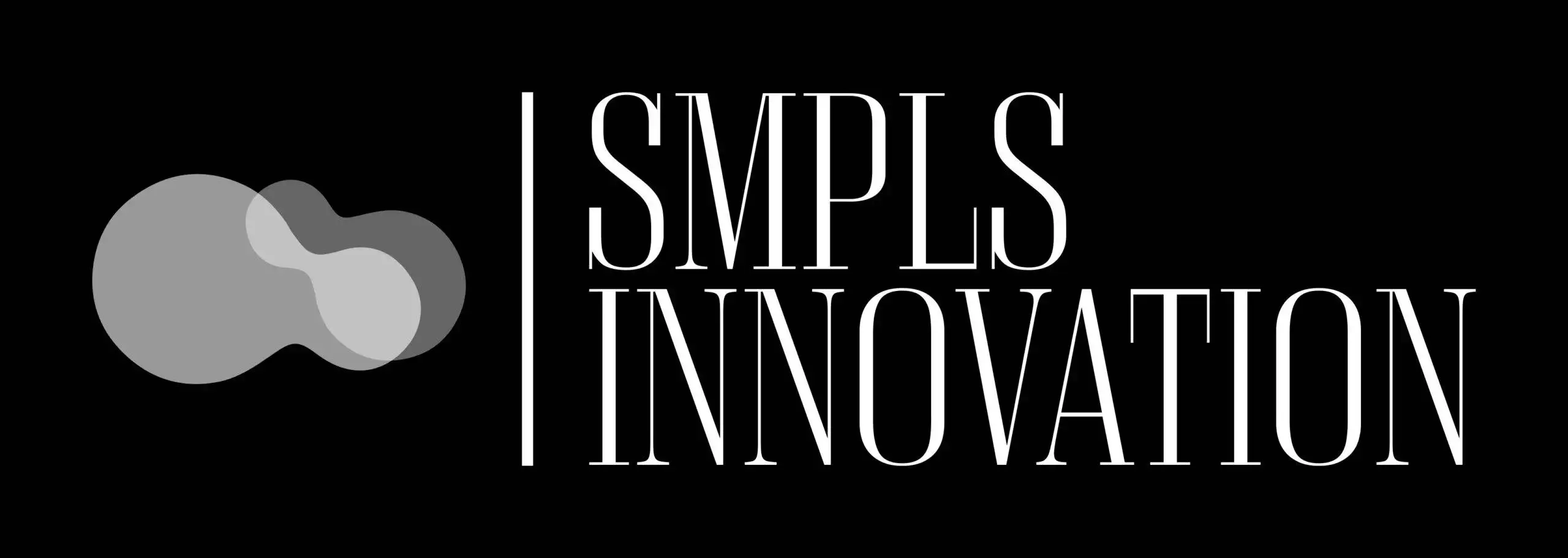How AI-Powered Predictive Analytics Is Reducing Hospital Readmission Rates in Australia
Introduction
Being sent home from the hospital should mean you’re on the road to recovery. Sadly, for many Australians, it doesn’t always turn out that way. A number of patients end up back in hospital within 30 days. This creates a cycle that drains staff energy, drives costs higher, and makes recovery harder for patients.
The impact is huge: preventable readmissions cost the health system billions of dollars every year, while doctors and nurses struggle with heavier workloads.
This is where AI-powered predictive analytics comes in. Think of it as a smart system that can spot signs of health problems before they send a patient back to hospital. By identifying high-risk patients early, clinicians can give the right support and care to help people recover safely at home. The great news is that Australia’s National Digital Health Strategy and AI Policy Framework are pushing hospitals in exactly this direction.
The Current State of Hospital Readmissions in Australia
According to the Australian Institute of Health and Welfare (AIHW, 2023), around 6–7% of patients in public hospitals are readmitted within 28 days for the same problem. For certain conditions like heart failure or COPD, the number can be as high as 20%.
The 10 leading causes of avoidable readmissions are:
1. Heart failure complications
2. Chronic obstructive pulmonary disease (COPD)
3. Diabetes complications
4. Post-surgical infections
5. Mental health relapses
6. Pneumonia and other respiratory issues
7. Dialysis problems
8. Falls among elderly patients
9. Chemotherapy side effects
10. Medication errors
These readmissions don’t just hurt patients — they also drain money from the system and put more pressure on nurses and doctors, especially at a time when staff shortages are still making headlines.
What Predictive Analytics Is and Why It Matters
Predictive analytics is like using data as a crystal ball, but based on facts, not guesses. It looks at huge amounts of health records, hospital data, and even wearable devices to spot who might be at risk of getting sick again.
In the past, hospitals looked at readmissions only after they occurred, which was too late to change the outcome. Predictive analytics changes this approach. Instead of asking “why did this happen?” the system asks “who is most likely to come back, and how can we prevent it?”
Countries like the US, UK, and Singapore are already cutting readmission rates with this technology. Australia is well placed to do the same because of its national health record system, strong state-level digital health strategies, and CSIRO’s investments in health innovations.
Core AI Technologies Powering Predictive Analytics
AI in healthcare doesn’t rely on just one tool — it uses a team of digital technologies working together. Here are 10 of the most important:
1. Machine Learning – studies complex risk factors to see who is most at risk.
2. Natural Language Processing – makes sense of doctors’ notes in electronic records.
3. Deep Learning – uses imaging and lab tests to predict disease progression.
4. Predictive Dashboards – easy-to-read screens showing which patients need extra care.
5. Clinical Decision Support – gives doctors data-based treatment advice.
6. Real-time IoT Monitoring – wearables that send alerts when patient vital signs are unsafe.
7. Federated Learning – allows hospitals to safely build AI models together without sharing personal data.
8. Population Health Analytics – looks at risks across whole communities or regions.
9. Causal AI – explains why a patient might be readmitted, not just that they will.
10. Interoperability Platforms – ensure data can flow smoothly between hospitals, GPs, and My Health Record.
Major Australian Initiatives in 2023–2024
Australia isn’t just talking about AI — it’s putting it into practice. Some exciting efforts include:
1. CSIRO projects building predictive tools for diabetes and heart disease.
2. Queensland Health pilots where algorithms flag patients at high risk of readmission.
3. Victoria’s digital health work using analytics to plan care and resources.
4. NSW Health systems that use data to ease patient flow and lower readmissions.
5. Telstra Health partnerships scaling commercial AI across hospitals.
6. Integration with My Health Record for stronger real-time risk checks.
7. National Digital Health Strategy updates with a bigger focus on AI.
8. Synthetic data projects that let hospitals train AI safely without risking privacy.
9. ACSQHC quality indicators linked with predictive models for tracking readmissions.
10. CSIRO’s e-Health Research Centre exploring safe ways for hospitals to team up on AI training.
Why Predictive Analytics Is a Game-Changer
The reason this matters is clear:
– Patients heal better when they don’t have to return to hospital.
– Hospitals and states save money by avoiding funding penalties.
– Staff can focus on the patients who most need care rather than filling gaps.
– Communities in rural and regional areas benefit when risks are spotted early.
It also fits in with national health strategies that aim for smarter, more cost-effective care.
Challenges and Risks
Of course, it’s not all smooth sailing. Some challenges include:
1. Keeping patient data private and secure.
2. Building trust between clinicians and AI.
3. Preventing bias in data that might affect vulnerable groups.
4. Updating old IT systems to work with new tools.
5. The costs of expanding pilot projects system-wide.
6. Training staff in digital skills.
7. Deciding who is responsible if AI makes a mistake.
8. Making sure predictions are clear and explainable.
9. Gaining patient consent and trust.
10. Avoiding too many small pilots without long-term solutions.
The Future Outlook: Smarter, Safer, More Equal Care
Most of these challenges can be solved. Australia has a strong base with its digital health policies, My Health Record, CSIRO research, and university expertise. By the end of the decade, we can expect:
– State-wide predictive dashboards linked with hospital funding.
– Expansion of predictive analytics into mental health, aged care, and rural services.
– Deeper partnerships with private and global digital health companies.
– Better connections between GPs, hospitals, and community services for seamless data flow.
– A culture where using predictive analytics is as normal as checking blood pressure.
Conclusion
Predictive analytics won’t erase hospital readmissions overnight, but it is helping change the way healthcare works in Australia. By mixing AI tools, good data, and the skills of our clinicians, hospitals can reduce preventable readmissions and improve patient care.
At SMPLSINNOVATION, we’re excited to help healthcare teams cut through the noise and find tools that actually work in real life.
If it means fewer hospital returns and more people recovering peacefully at home, that’s the type of healthcare future worth working toward.





